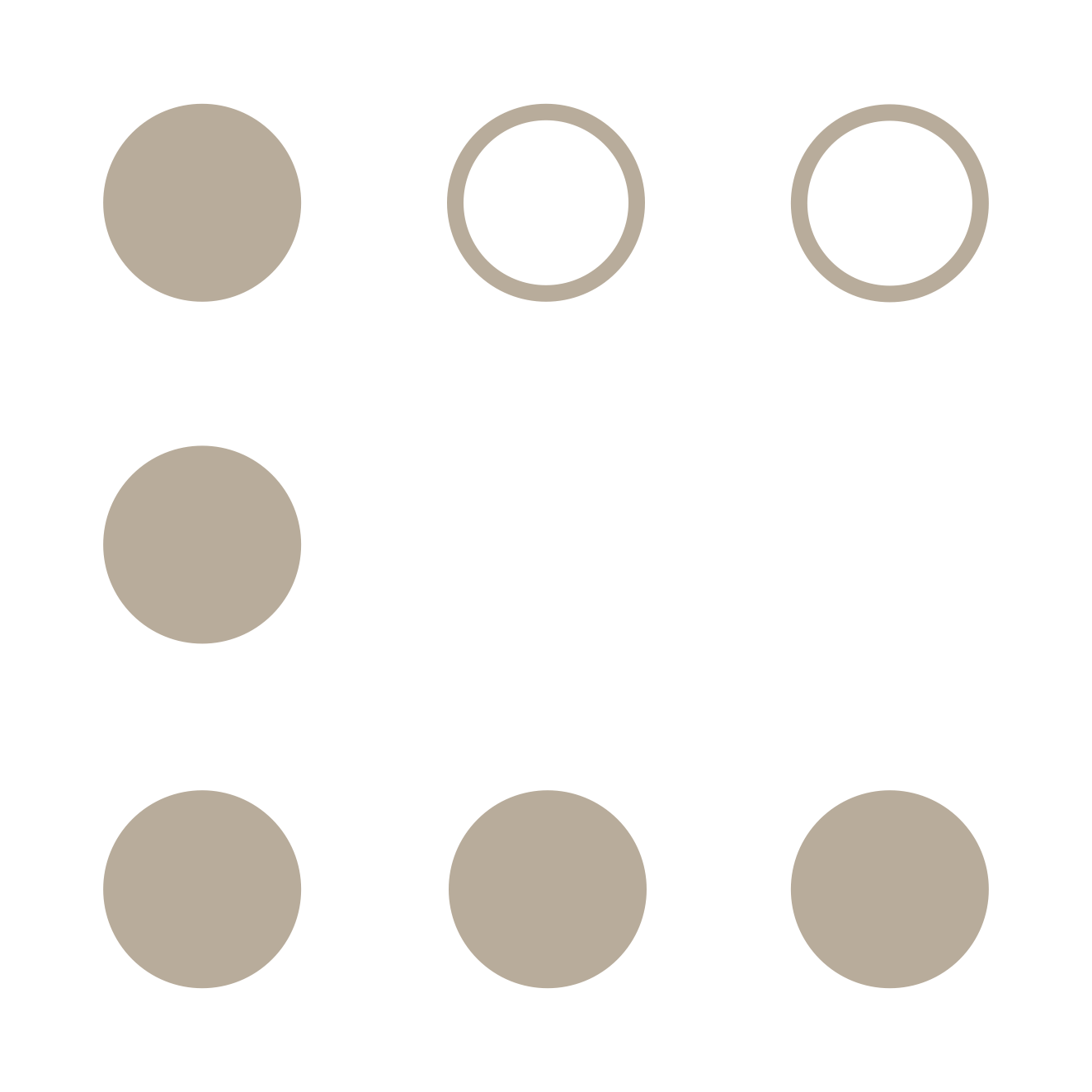Maybe I was wrong about wearables because I needed to go beyond my comfort zone to see what’s around the bend. I too easily settled for limits. Seymour is the project name for one of the ideas that took shape during the Innovation Tournament and while it’s a technical challenge, it may not be entirely without merit and here’s why.
Business Intake made Easy
I once attended an Intellectual Property audit for a niche software company to support their Intellectual Asset Management. We had an extensive paper questionnaire and preparation meeting to ensure our visit would be fruitful. The goal was to get as much of the questions answered without making the client feel like it’s an inquisition. When we arrived, it was a bit chaotic and nobody managed to get all the answers. We left with boxes of documents to help us finalize the form.
Modern day logic would dictate we would need some kind of database for the intake. Even better if it was a mobile app with just a checklist and we could divide the load across the team during our visit. It would help if we already had information pre-populated and we just needed to fill in the blanks. Looks good on ‘paper,’ right?
Well I believe in the last decade, our process thinking has resulted in convoluted systems. We used the wishful add-on: “it should be easy to use and intuitive” like a sprinkle of angel dust to make the core product usable. Assuming the core product, the database, iswhat it is all about. No, it isn’t because nobody can use an empty database or worse – outdated data. So the time of laborious data entries should be in our past.
Seymour, See, Save, Share
I suspect wearables will play a major role in this space. Wearables will be the fastest way to grow any database simply because data entry will be more convenient. Forbes reported this as the first useful Glassware and seeing their video, you might agree:
“Sullivan Solar Power …developed a Google Glass app that gives its field technicians “volumes” of electrical system data in a hands’ free, or close to it, manner—which I would imagine to be a welcome delivery mode for someone wrestling with heavy equipment on a rooftop.”
Being fed real-time contextual information in situations where it’s slightly awkward to break out the laptop and do desktop legal research seems extremely powerful. Only consuming information might not make it ‘killer’ for me but if you can combine it with creation it will be close. A quote from this Glass wearing president and creative director:
“…The thing I use it for the most is taking notes. I tap it and say, “Take a note,” and then a microphone shows up and it will accurately dictate everything I say for about 30 seconds. And then when I stop talking it sends it to Evernote. At the same time, if someone else is using Evernote, they can send the note to me and it will appear in my screen.”
This maybe farfetched, but the possibilities of having a checklist as Glassware and just ‘nodding’ off the list would be quite cool. Better yet, just tapping your wrist will be even cooler:
Tick off checklists for groceries with the Pebble, which syncs to Evernote, for a hands-free shopping experience. Evernote Reminders are supported, so you’ll always have your notifications and to-dos close to you.
If we just infuse the right legal context into these workflows, we can even make legal research fun again. Shopping for groceries is not that different from shopping for Intellectual Property, it can only be made more pleasant by the tools we use.
Going off the grid
There was one little caveat with wearables, actually any internet connected device: its needs an internet connection. Well maybe not. Let me introduce you to “Wireless Mesh Networking.” This enables device to device communication in a free-form, non-internet dependent way. And that’s almost perfect for having wearables talk to our phone – or each other. It’s one of the best kept secrets in the latest iOS 7 and what Google is betting on to extent wearables and even home automation.
Last year I just had a name and a notion. Now it’s slowly making sense and Seymour is my reminder to keep going beyond the bend.













